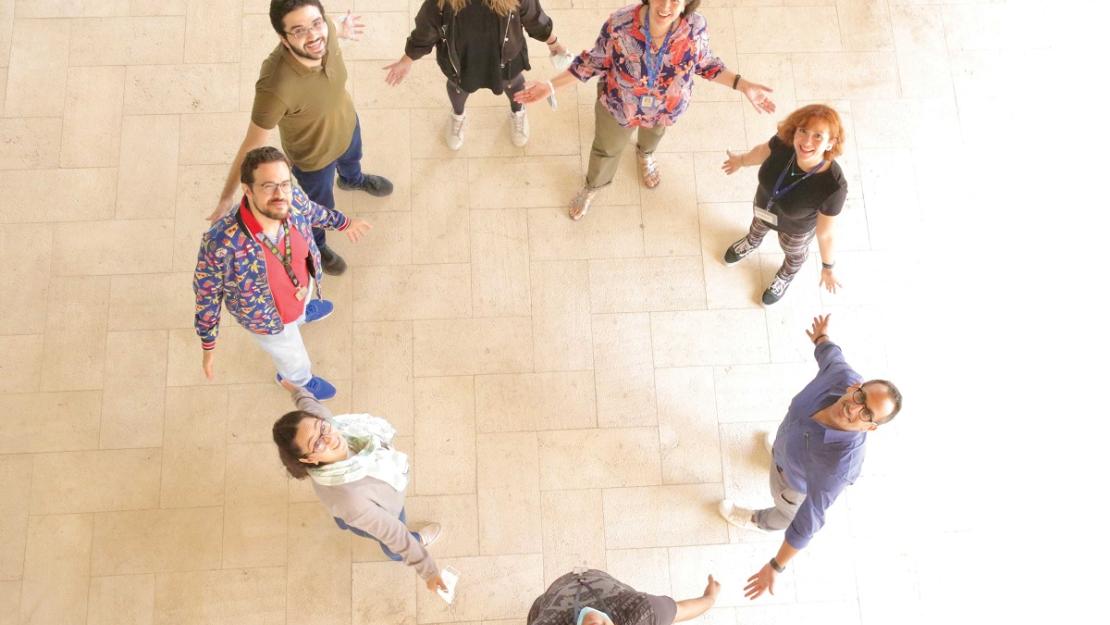A Fresh Point of View on Middle Eastern Diasporas With AUC’s Ramy Aly
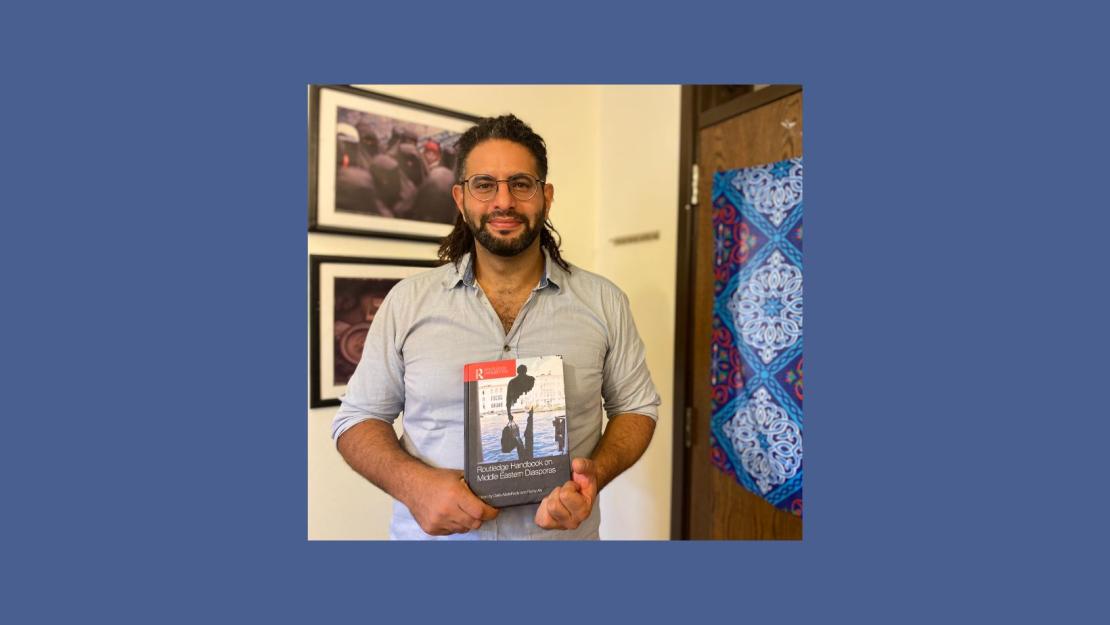
Ramy Aly, assistant professor and anthropology unit head, has co-edited the newly released Routledge Handbook on Middle Eastern Diasporas. The volume offers a fresh look at Middle Eastern diasporas, with chapters on matters as diverse as aging Turks in Sweden to Arabs in Toronto’s electronic music scene.
The book moves away from the area studies approach and methodological nationalism and instead approaches diasporic experiences along a set of terrains and experiences like making and remaking homes, livelihood and mobilities, expressions of diaspora in art and culture, how diasporic sensibilities are experienced and the notion of being plurilocal.
“Typically, readings on diaspora are all too often about ‘scary Middle Easterners’ going to other countries and causing problems because they aren’t able to adapt. This is a narrow understanding of the scale and the extent of the flow of people to and from the Middle East,” he said.
“The aim is to offer a set of readings on diaspora that foster more understanding and more nuance,” Aly explained. “When you read about Middle Easterners in Canada, for instance, you’re going to read about them through music — so you stop thinking of them as religious subjects or problems for the welfare state and instead begin to consider other aspects of their existence.”
An accumulation of three years of work, the book comprises 32 chapters by 31 contributors who identify as anthropologists, political scientists, art history academics and ethnomusicologists, among others. Aly himself is the co-author of the book’s introductory chapter, “Coming to and coming from the Middle East: The unfolding of diaspora,” with his co-editor and co-author Dalia Abdelhady, associate professor of sociology at Lund University (Sweden).
Interacting with a variety of disciplines across the book’s chapters during the editing process, Aly described his experience navigating the challenges of transdisciplinary scholarship as an “exercise in academic tolerance.”
“During the writing process, it was challenging and interesting to push ourselves to be a bit more accepting of the fact that there are many different ways of looking at the world, but at the same time, maintain this need for interrogation and critique,” he recalled.
Born in London to Egyptian parents, growing up as part of a diaspora led Aly to complete his PhD on the subject and write his first book, Becoming Arab in London: Performativity and the Undoing of Identity. “Having moved to Egypt and shifted my research focus, I felt that this part of my academic life was drifting away, and then Dalia reached out,” he said, describing the book as a “lifeline” that pulled him back into the diaspora arena. “It means a lot to me, personally and professionally.”
Aly joined AUC’s Department of Sociology, Anthropology and Egyptology in 2013. His teaching covers a wide variety of subjects, including youth cultures, death and immorality, and the economy.
“I feel very privileged to teach at AUC,” he said. “There is a sense of discovery and change as well as an edginess to contemporary anthropological knowledge that is particularly impactful amongst the students here. Personally, I have come of age as an academic at AUC.”
Having grounded himself at the University and in Egypt, Aly is now engaged in two main research projects. The first is a book about the hair cultures of young Egyptians and what these mean for our understanding of race, gender and class in Egypt. The second project focuses on ethical self-making through narratives of the 2011 revolution.
The Routledge Handbook on Middle Eastern Diasporas is dedicated to Aly’s daughter and Abdelhady’s son, both of whom are diasporic children. Aly has donated a copy of the book to the AUC Library with hopes that it will be useful to students and educators alike.

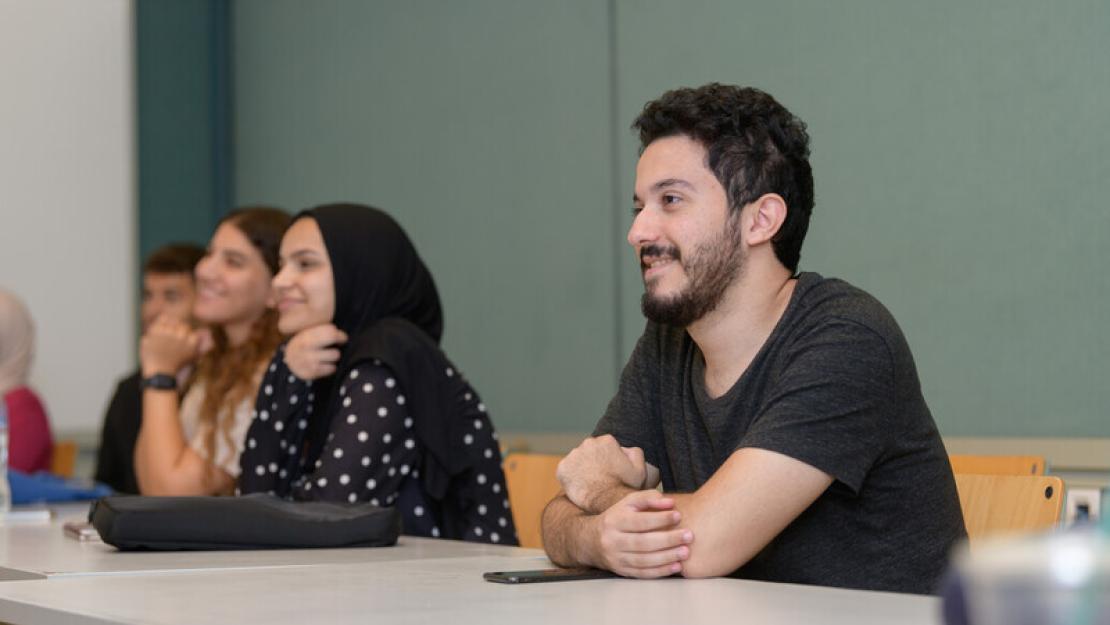
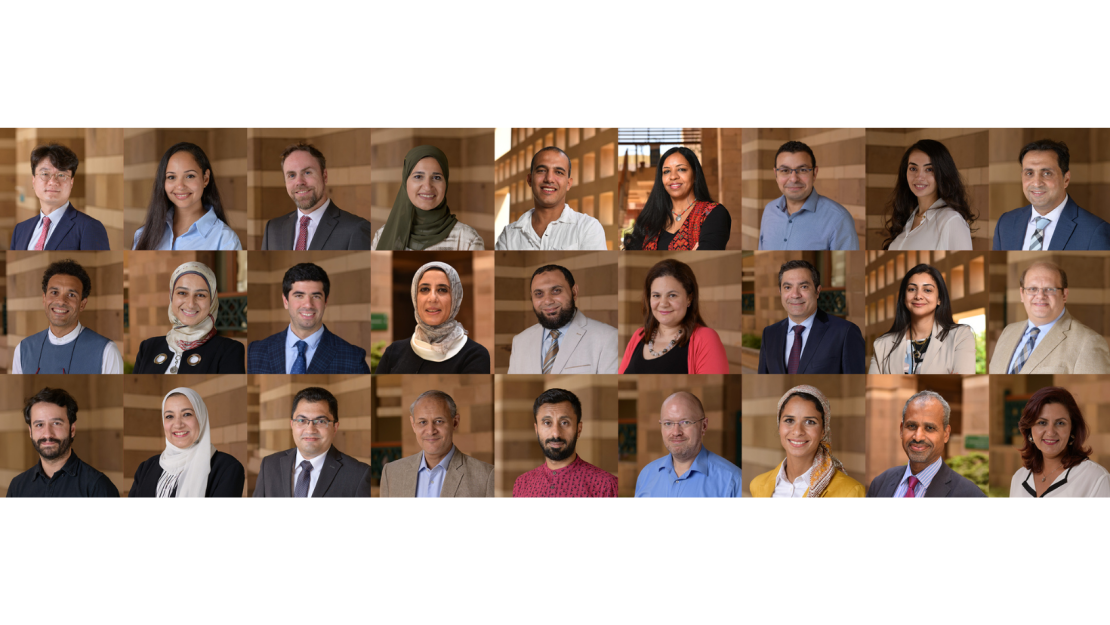
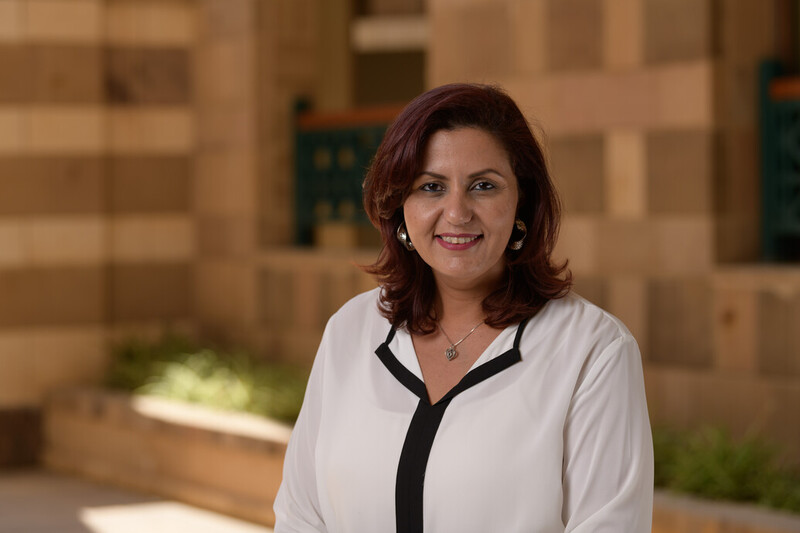
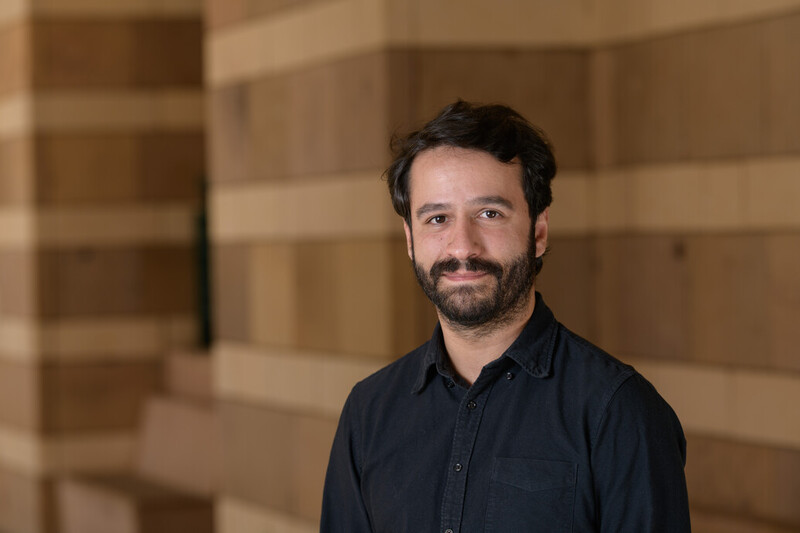
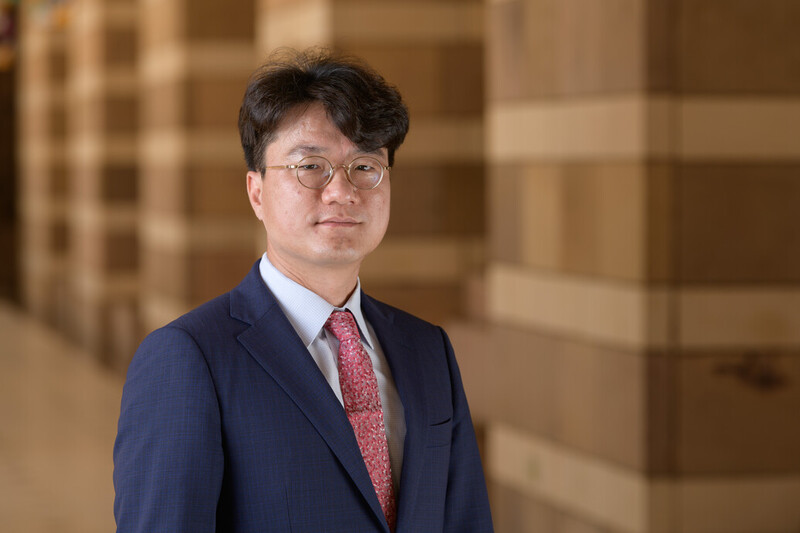
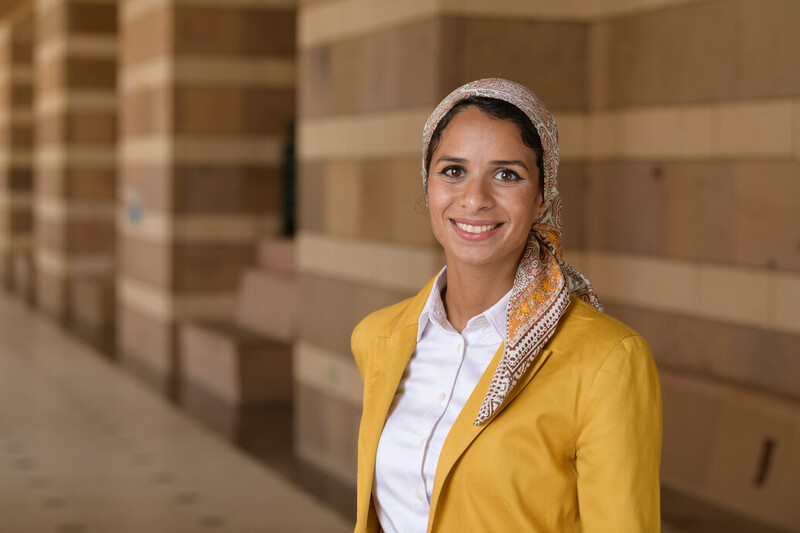
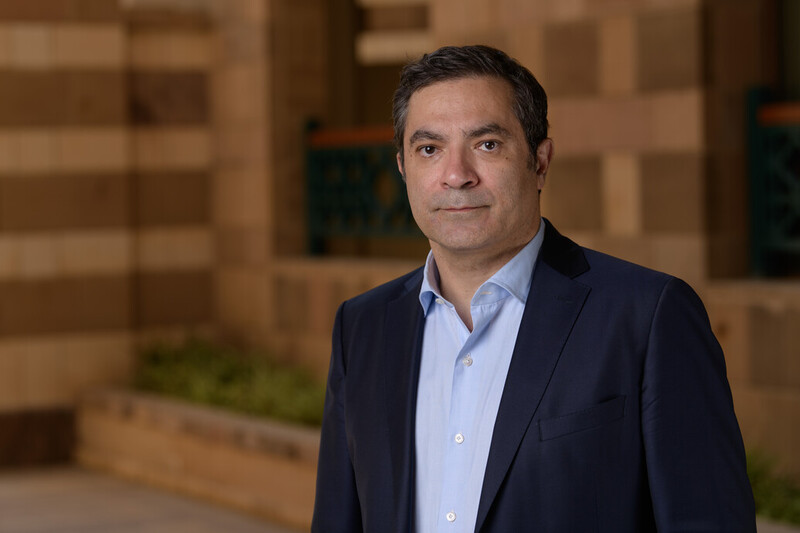

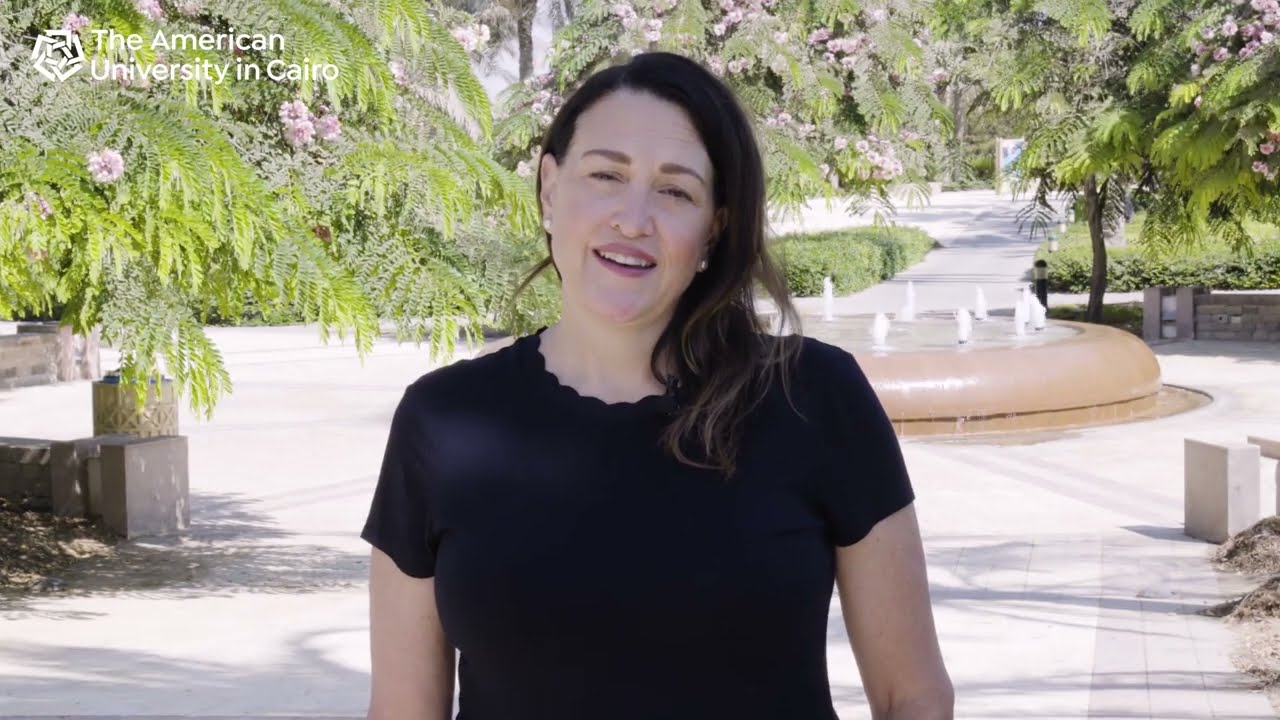


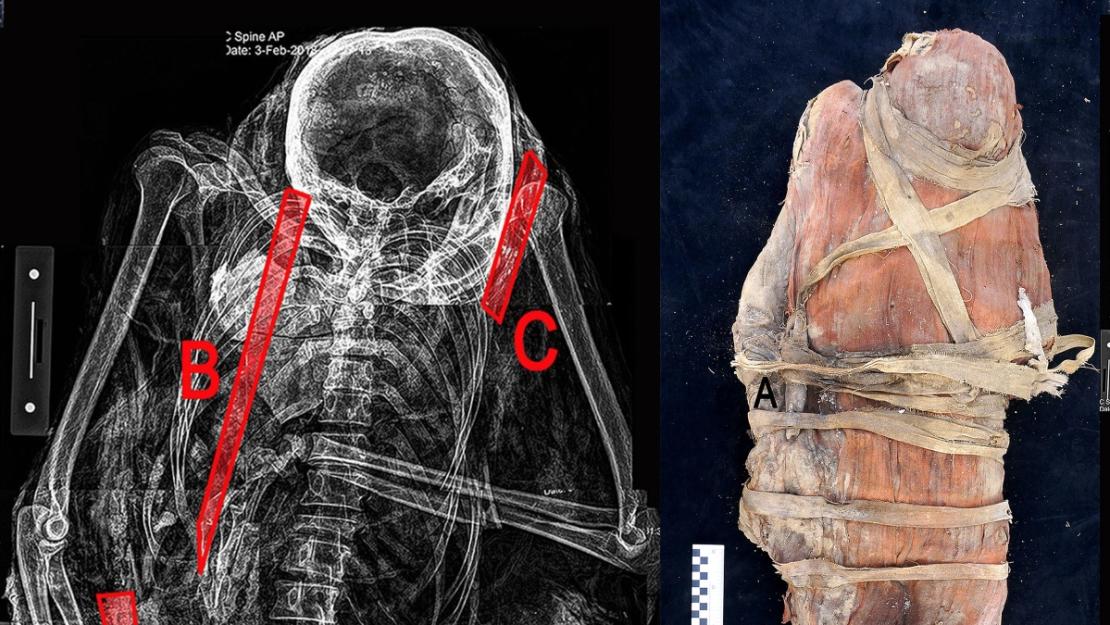
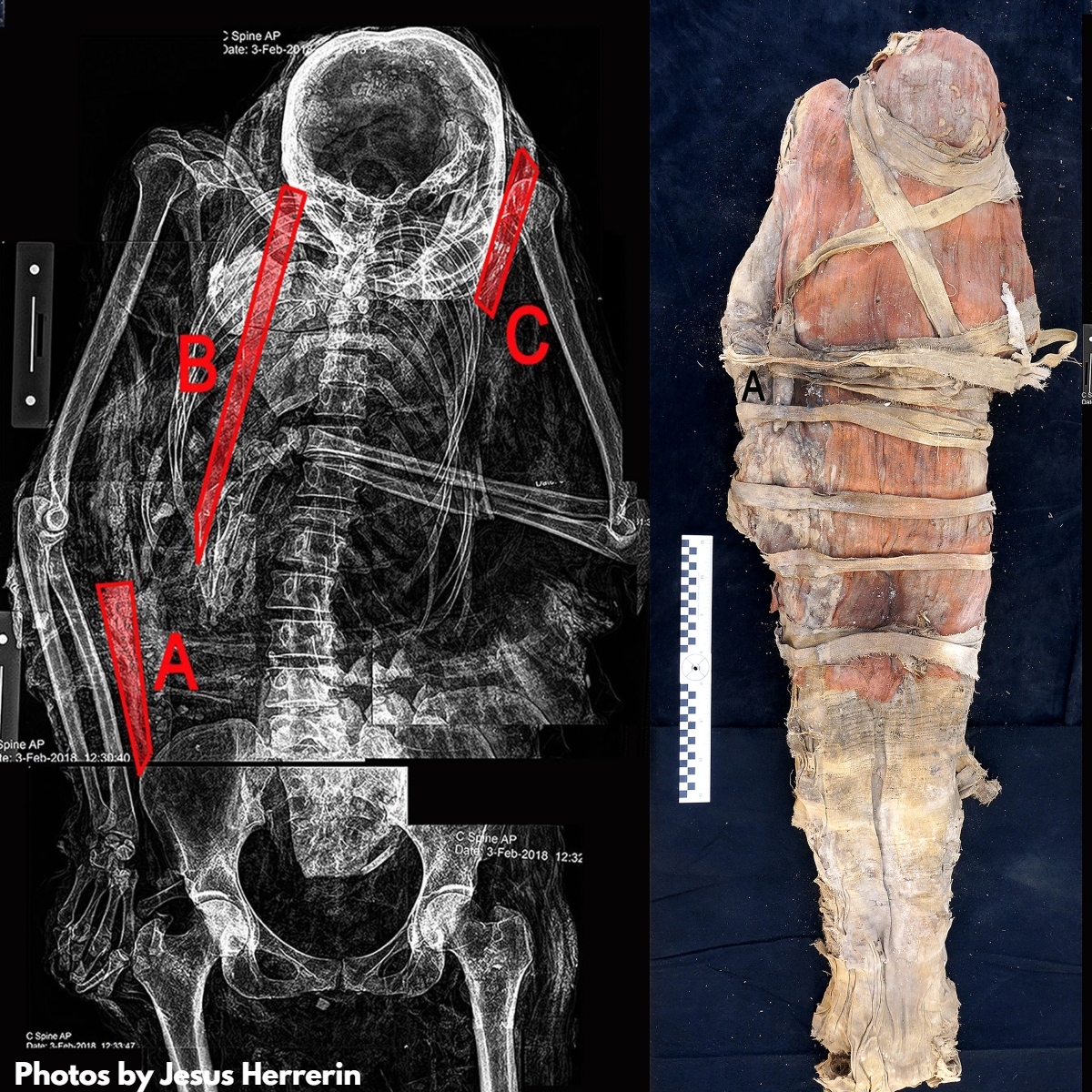
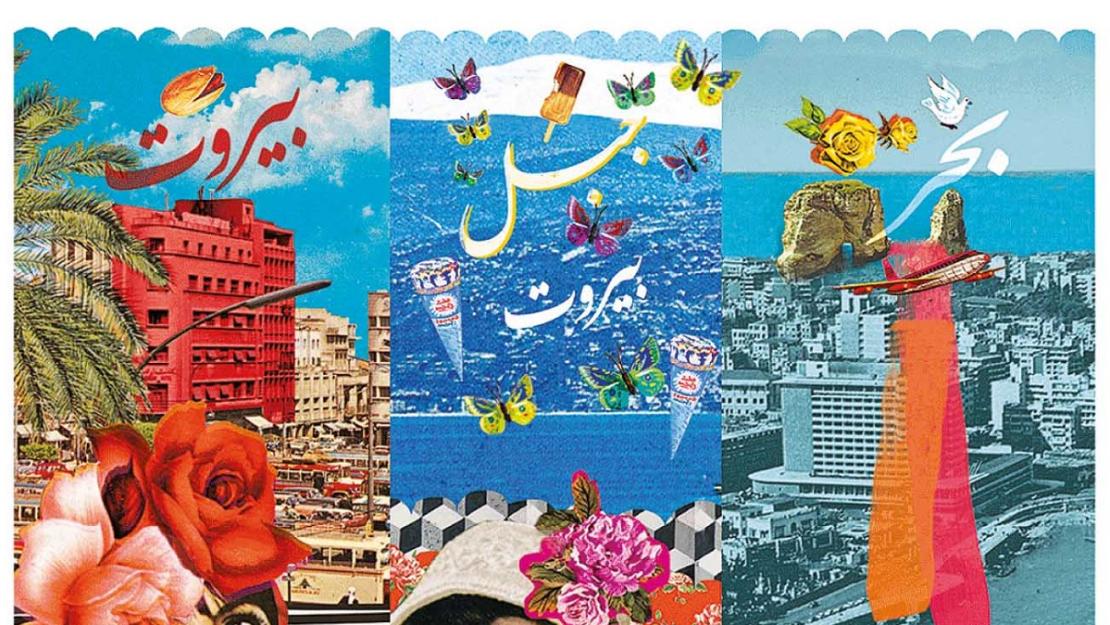
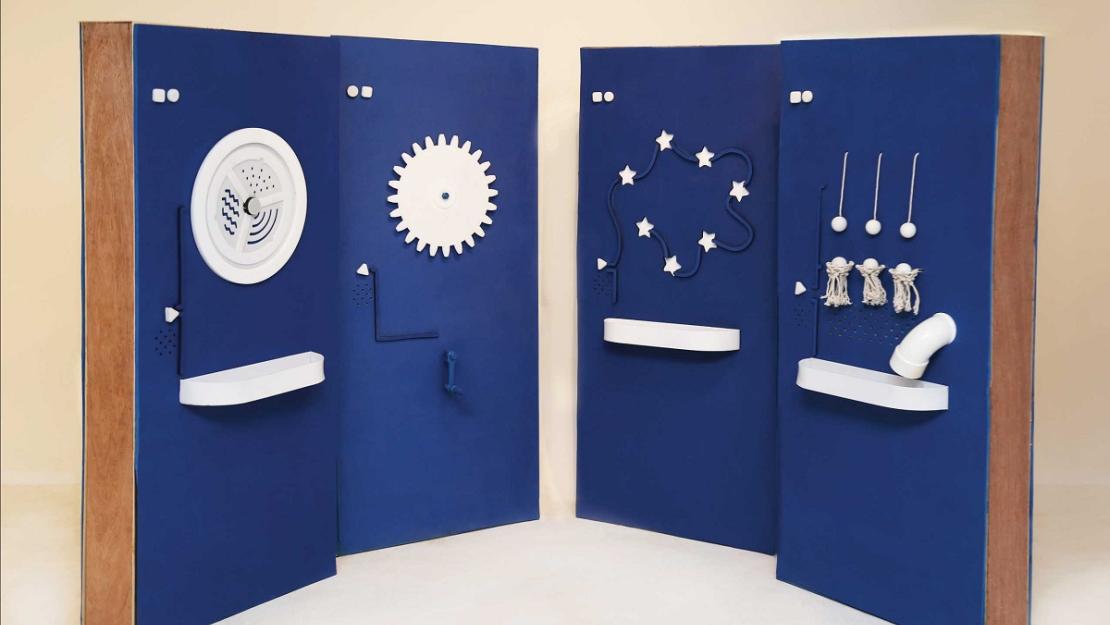
 With Egypt’s illiteracy rate reaching 27% in 2020, Hessa fe Qessa is an educational app that teaches illiterate individuals how to read, employing an interactive story that discusses relevant social issues. The app includes an audio guide, exercises and an information bank.
With Egypt’s illiteracy rate reaching 27% in 2020, Hessa fe Qessa is an educational app that teaches illiterate individuals how to read, employing an interactive story that discusses relevant social issues. The app includes an audio guide, exercises and an information bank. We live in a visually abundant world where millions of visually impaired children are deprived of daily activities, simply because they were designed with the sighted consumer in mind. Opening the gates to worlds that can be seen through storytelling and sensory stimulating activities, Gowa Al Hadota is a multi-sensory playing experience for visually impaired children aged 6 to 12. The narrated game targets the child’s imagination to unlock a world that can empower them to play and explore their surroundings independently and safely.
We live in a visually abundant world where millions of visually impaired children are deprived of daily activities, simply because they were designed with the sighted consumer in mind. Opening the gates to worlds that can be seen through storytelling and sensory stimulating activities, Gowa Al Hadota is a multi-sensory playing experience for visually impaired children aged 6 to 12. The narrated game targets the child’s imagination to unlock a world that can empower them to play and explore their surroundings independently and safely.